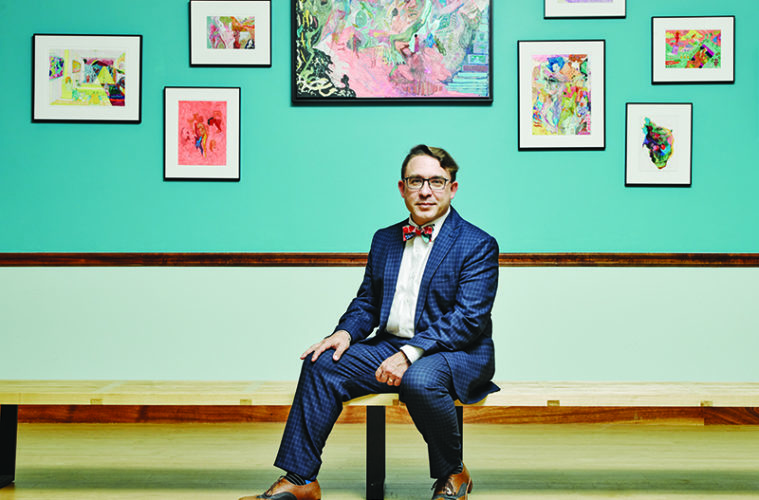It continues to amaze me how in crisis the best and the worst of people and institutions emerge. The pressure and stress of crisis doesn’t allow for cover-up or nuance. I am proud to say that the people and institutions of the North Shore have been the best in this time of crisis. It has been reinforced every day, on my campus of Montserrat College of Art; that creative people pull together and the atmosphere of support and empathy is active and intensely genuine. I am also mindful that the greater creative community needs our support and care more than ever. Real people are impacted profoundly by this crisis. Everyone, those in creative industries and non-creative industries, are struggling with tough choices. It is at this cross roads where the worst can emerge and unfortunately that happened last week.
In a tweet on March 26, Nikki Haley, former UN Ambassador to the United Nations, reminded us that outside our North Shore bubble people and institutions feel the need to divide in a crisis with the goal of devaluing real peoples’ jobs and life efforts. This is her tweet:
“These are the items included in the stimulus bill:
$75 million for public television/radio
$25 million for the Kennedy Center
$75 million for the National Endowment for the Arts
$75 million for the National Endowment for the Humanities
How many more people could have been helped with this money?”
The last sentence is really my focus. This assumes that no one is employed in the creative industries and that there are no real jobs or economic impact associated with the creative industries. I have a few facts to put out there.
The economic impact of the arts from the US Bureau of Economic Analysis:
The arts generate about $800 billion in economic impact in the U.S.
There are more than 5 million workers employed in the arts. (Many more in embedded in other industries especially in design fields.).
More than $5 billion is generated in economic activity by museums
Art workers alone (design professionals add more) earn about $386 billion in salaries
The arts account for more than 4.3 percent of the overall national gross domestic product.
The arts generate as much and more than the agriculture, transportation and construction sectors to the national economy.
This last point is not to say that the arts sector of our economy is more important than another sector. I don’t play those devaluing games. All of these facts are really to point out how much a quilt of activity our national economy continues to be and that helping each sector is important to any economic recovery or sustainability. The sectors are partners in keeping the US economy strong and vibrant.
Real people work in the creative industries. Your neighbor in the creative industries is working hard just like you to attain dreams for their families. They are working with you to move our country forward for the benefit of everyone.
Real people benefit from what the creative industries produce every day. Montserrat College of Art plays an important part in training the next generation of creatives to enhance the $800 billion impact of the arts on our economy moving it forward and growing.
I am grateful to work in a region of the country that values the creative industries and lets facts speak for the true impact of creative people and institutions. Join me as a witness to this truth for our society. Support creative people and artistic institutions today and tomorrow through your patronage and also in your conversations with friends and colleagues that slip into old and tired habits of devaluing when in crisis.
Together is the only way we will recover from this.

